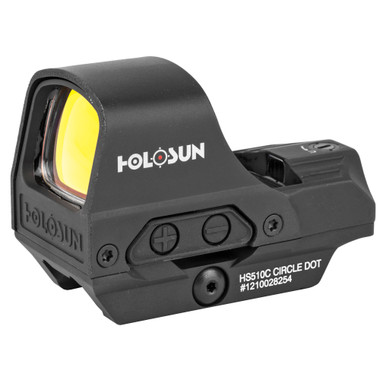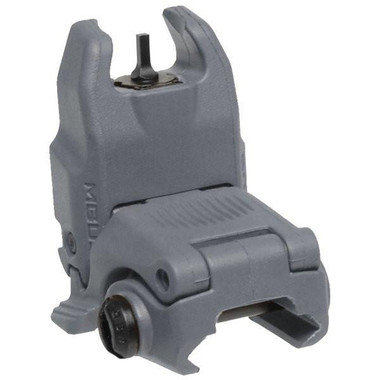Scopes, Sights & Optics
Why buy aftermarket sights or optics?
A new scope, sight or optic in general can help take your shooting game to a whole new level. Picking out the right optic for your needs can help you reach targets at further distances or make shots that you previously didn’t think was possible. What a quality sight or optic does is even the playing field and make you a force multiplier.
Most Common Types of Sights & Optics
The most common types of sights and optics that you’ll encounter when shopping around include the following: Iron sights, reflex or red dot sights, and fixed or variable power scopes.
Iron Sights
We use iron sights on both rifles and on handguns but they are typically used in conjunction with other sights or treated as a back-up solution. While iron sights certainly can be enough to be used as a main sighting method, using an optic with a projected dot or reticle is far easier to use.
Red Dot Sights
Red dot sights are very commonly used for short-range purposes because they use less or no magnification at all. They also help to give much faster target acquisition ability (though some practice and training may be required to fully utilize). If you need a red dot sight for your GST-9 MOD1 check out our Glock Red Dot Sight Guide.
Fixed or Variable Power Scope
A fixed scope means that the magnification it comes with does not change. Like the Trijicon ACOG, it’s magnification is 4x32 and cannot be changed. Whereas a variable power scope means that you can adjust the ‘zoom’ or the magnification. A scope with a variable power of 1-6x, 1-8x, or 1-10x are all known as low power variable optics, or ‘LPVO.’ Anything higher than that is known as a high power variable optic.
Which optic should I choose?
Begin with the end in mind. What distance do you plan for your targets to be at? Will they be steel or cardboard/paper targets? Will you be shooting indoors or outdoors? Do you have to deal with inclement weather in your area if you’re shooting outdoors? Is this a gun that you plan on heavily using, a safe queen or will it just be put on a wall for display? These are the questions you should be asking yourself to decide which optic you should choose. Based on our collective experience this is our AR optic purchasing advice:
If you’re just planning on stuffing your build in a closet, the least you should have is a pair of MBUS flip up iron sights. The next level of a “bare minimum” would be to have a red dot optic. Opt for a holographic sight instead if you have any astigmatisms in your eyes. This gives you a wide range of aiming ability for short to medium distances — basically anything up to 200 yards should be pretty easy to hit with an accurate zero.
You can increase your effective range with a magnifier if necessary but at that point you can also begin to consider variable power optics. There are low power variable optics (LPVO’s) and high power variable optics. For military/law enforcement/competition purposes, an LPVO will be perfect for your AR build. For long range, precision and hunting purposes, a HPVO or just a higher power fixed scope will suit you better.












